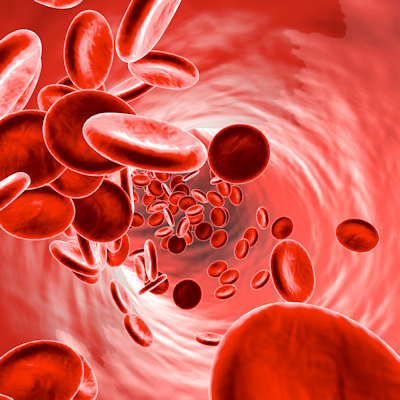 Study: Menarini’s CellSearch technology effective in measuring and monitoring CTC levels in multiple myeloma
Study: Menarini’s CellSearch technology effective in measuring and monitoring CTC levels in multiple myeloma
Single-cell technology and liquid biopsy developer Menarini Silicon Biosystems on Wednesday announced results from a study published December 7 in Cancer Discovery demonstrating that the enumeration and genomic characterization of circulating tumor cells (CTCs) at varying stages of multiple myeloma (MM) is invaluable in predicting disease aggressiveness and pathology. Read More
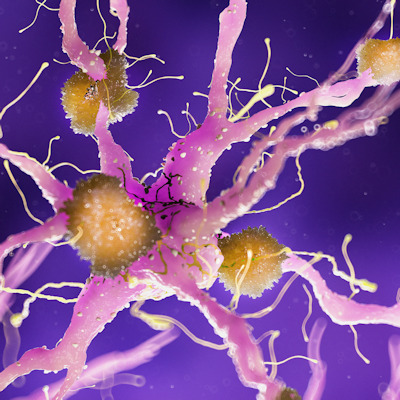 Novel peptide targets Alzheimer’s disease years before symptoms
Novel peptide targets Alzheimer’s disease years before symptoms
New research demonstrates a novel synthetic peptide’s ability to selectively detect and neutralize an early molecular trigger of Alzheimer’s disease, with an eye towards early diagnosis and treatment of other amyloid diseases. Read More
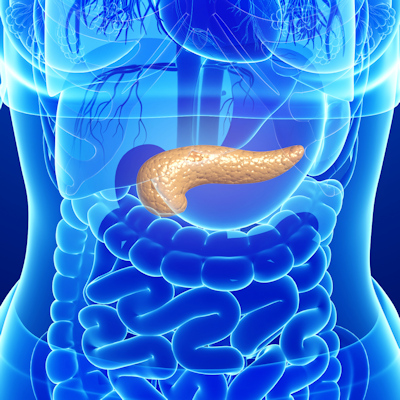 AI uncovers molecular mechanism underlying pancreatic cancer
AI uncovers molecular mechanism underlying pancreatic cancer
Researchers in Japan have mapped the binding site of the (pro)renin receptor known to be involved in pancreatic cancer development using an artificial intelligence (AI)-based protein structure prediction program. Read More
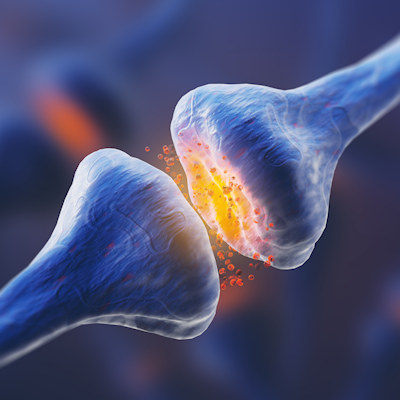 Oxytocin could be the key to neural plasticity: study
Oxytocin could be the key to neural plasticity: study
Researchers have learned that the peptide oxytocin could promote the growth of new neurons to repair damaged tissue and thus may contribute to neural circuit plasticity, opening the door to new ways to improve neurological conditions. Read More
 NIH awards $1.8M grant to study long-term memory
NIH awards $1.8M grant to study long-term memory
The National Institute of General Medical Sciences, one of the National Institutes of Health (NIH), awarded a University of Massachusetts Amherst scientist $1.8 million to study how long-term memory works at a molecular level. Read More
 Critical inhibitory site in enzyme leads to new antibiotic
Critical inhibitory site in enzyme leads to new antibiotic
Japanese researchers have discovered a new mechanism to allosterically inhibit a respiratory chain enzyme widely conserved across species. The research, published December 8 in the journal Nature Communications, identified an antibiotic effective against a drug-resistant strain of Neisseria gonorrhoeae based on their findings. Read More
 Cellular nano-chamber directs tubulin protein folding: study
Cellular nano-chamber directs tubulin protein folding: study
U.S. Department of Energy and Stanford University researchers have revealed how tiny cellular machines -- called chaperonins -- direct the folding of proteins into building blocks that provide essential cellular scaffolding and transport. Read More
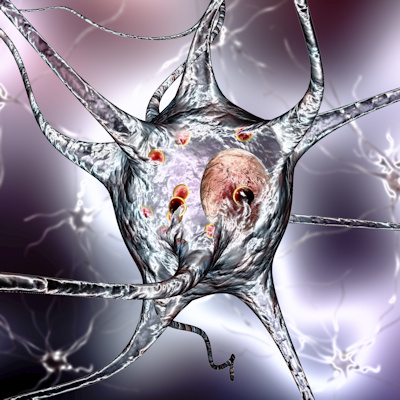 Optogenetics-based tool manipulates neuron excitability
Optogenetics-based tool manipulates neuron excitability
Harvard University and Massachusetts Institute of Technology researchers have devised a new technique to achieve long-term changes in neuron activity using light exposure. Their research, published on December 7 in the journal Science Advances, may help establish causality between neuron excitability and behavior, advancing the field of optogenetics. Read More
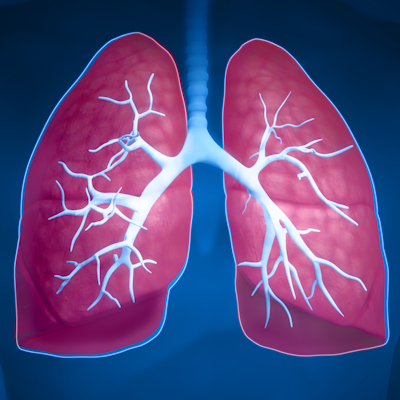 Scientists create cell atlas of developing human lung
Scientists create cell atlas of developing human lung
Researchers from the Wellcome Sanger Institute, EMBL’s European Bioinformatics Institute, the Gordone Institute at the University of Cambridge, and collaborators have created a spatiotemporal cell atlas of the developing human lung. From the mapping, they have identified 144 cell states in the early stages of life and their interactions in new detail. Read More
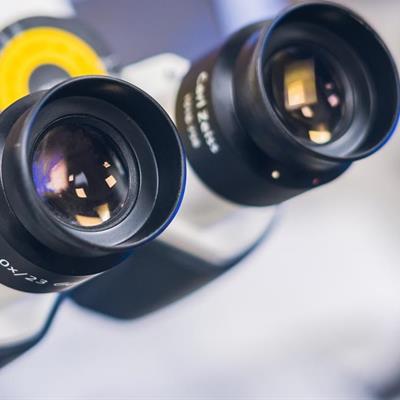 New microscopy captures 3D images of whole organisms
New microscopy captures 3D images of whole organisms
A new microscopy technique enhances biomedical research by capturing dynamic 3D images across larger areas while maintaining cellular resolution in all three dimensions. A study, published on December 8 in the journal Optica, provides new views of cells interacting in their natural state, potentially facilitating the development of new disease treatments. Read More
Member Rewards
Earn points for contributing to market research. Redeem your points for merchandise, travel, or even to help your favorite charity.
Research Topics
Interact with an engaged, global community of your peers who come together to discuss their work and opportunities.
Connect
Tweets by @ScienceBoard



